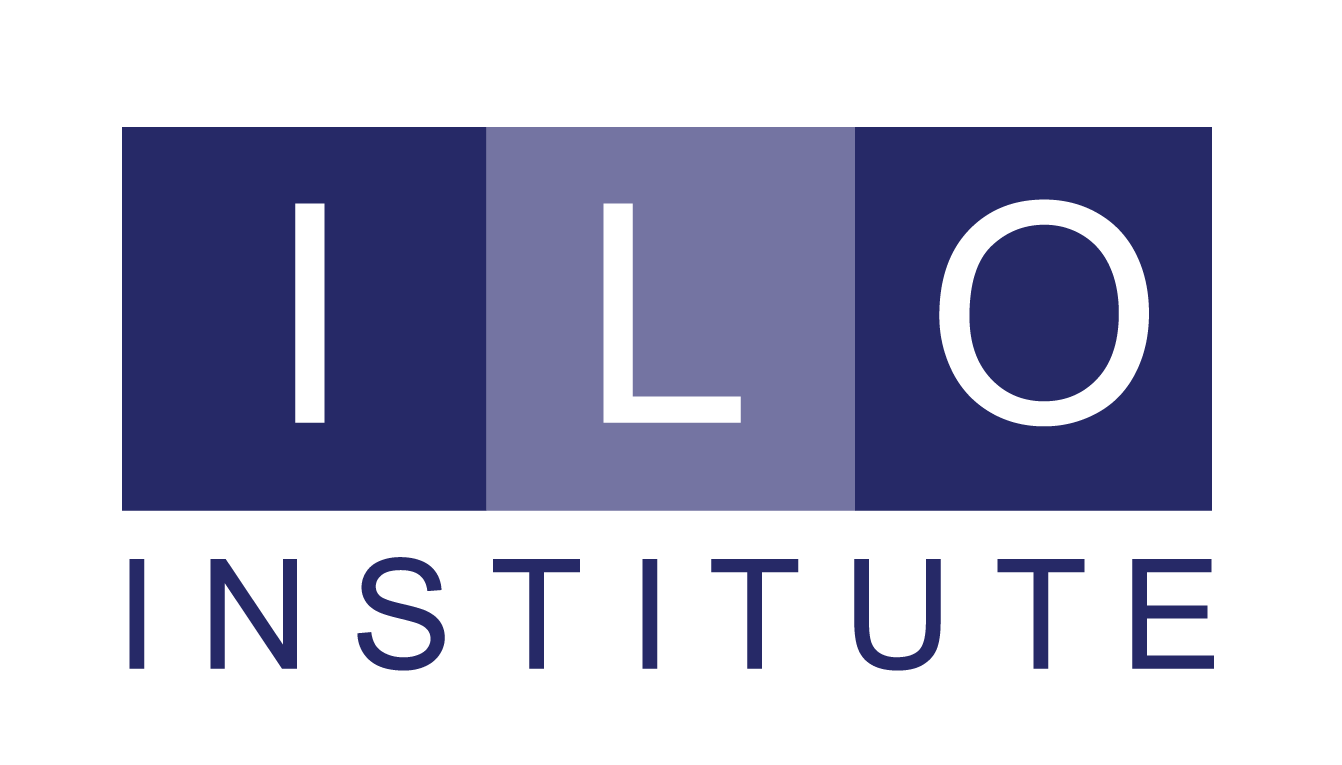Pulling Internal Audiences into the Innovation Process: Ten-X at UnitedHealth
Kunjorn Chambundabongse, vice president of innovation research and development at UnitedHealth Group, tells ILO that his Lean Startup team begins new projects with customer interviews, and rough prototypes like smoke tests and landing pages, before moving into the MVP (minimum viable product) stage. This customer-focused research also brings others inside United Health into the project-development process – a very important added benefit, to increase awareness of the group’s value, and reduce resistance to its work.
The Lean Start-Up group follows what Chambundabongse refers to as a “10x model.” He explains:
“Our first MVP is designed for a customer base of one. This means it’s extremely non-scalable, non-integrated, and low-cost, but that we can spin it up quickly and get that first customer quickly. We look for patterns. Does the person use it? Do they engage? Do they retain? Is it meaningful to the user? Do they pay? Then we move to 10 customers. Then 100. Then 1,000. Everything about the business evolves iteratively using the 10x model – product/features, automation, operations, customer acquisition (sales/marketing), etc. This keeps investment low while optimizing for sustainability, retention and revenue.”
If the results show no pattern of demand, the team kills the product. “We understand that failing quickly is a very positive part of the process – you could say it is the heart of the process. We don’t manage to avoid these failures with 10x, but we manage to learn from them and apply those learnings quickly.”
Bringing customers, and internal colleagues, into the research process
Before putting any effort into developing any MVP or prototype, Chambundabongse’s team undertakes extensive customer-interview research. “We make a lot of efforts to include colleagues from operating corners of then company at this phase,” he explains. “That has two important effects. It helps us ask better questions and be more relevant to our internal customers, it spreads knowledge of what we’re doing, and gives these other functions a stake in our success, because of their input in the process”
He tells ILO that the group could easily conduct 50 interviews before gathering enough input to evaluate an idea and kill it or move it forward.
“In the early stages, volume of interviews is important but not valuable on its own. We’ll look for anywhere between 30 and 50 interviews or more conducted in that first phase. But quantity alone doesn’t tell us everything. We evaluate the cohorts within that group, looking out for the ten people who resonate with that problem enough so they are willing to pay for the solution.”
If the “get rate” moves in the right direction during this customer-development process, indicating that there is a potential business in an idea, the idea can move into development of an MVP. “For a brand-new idea,” says Chambundabongse, “we give the leading manager up to three months to establish those measures. If they can’t do it in three months, we generally close it down.”
